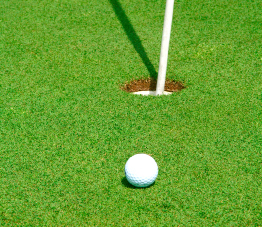Lesson 5: Slope as a Rate of Change
Module 4: General Relations
Connect
 Lesson Assessment
Lesson Assessment
Complete the lesson quiz posted under the Assess tab or by using the Quizzes link under the Activities block. Also, ensure your work in your binder (course folder) is complete.
 Project Connection ** NOT ASSIGNED**
Project Connection ** NOT ASSIGNED**

© Martin Horsky/shutterstock

© Epic Stock/shutterstock
In Lessons 4 and 5 you have examined the slope of a line. Now it is your turn to choose a sport and create a graph that fits possible data from your chosen sport. At this time, go to the Unit 3 Project and complete the Lesson 5 component of the project.
 Going Beyond
Going Beyond

iStockphoto/Thinkstock
Skiing and snowboarding have evolved to become more acrobatic, with the use of terrain park jumps and other features. As the sports become more acrobatic, however, there has been an increase in serious spinal cord injuries.
Landing impact is determined by the skier’s velocity perpendicular to the slope. To reduce the impact on the skier or boarder’s body, the landing surface slope should be nearly equal to the skier or boarder’s flight path slope at landing. Such “safe” surfaces can still yield exhilarating flight experiences with big air, but without as much danger as the jumps created without any design planning.
Conduct an Internet search to find out more about the slope of a jumper’s flight path and the slope of the hill in the jumper’s landing area. What can a skier or boarder do to reduce the risk of injury when attempting to get big air?